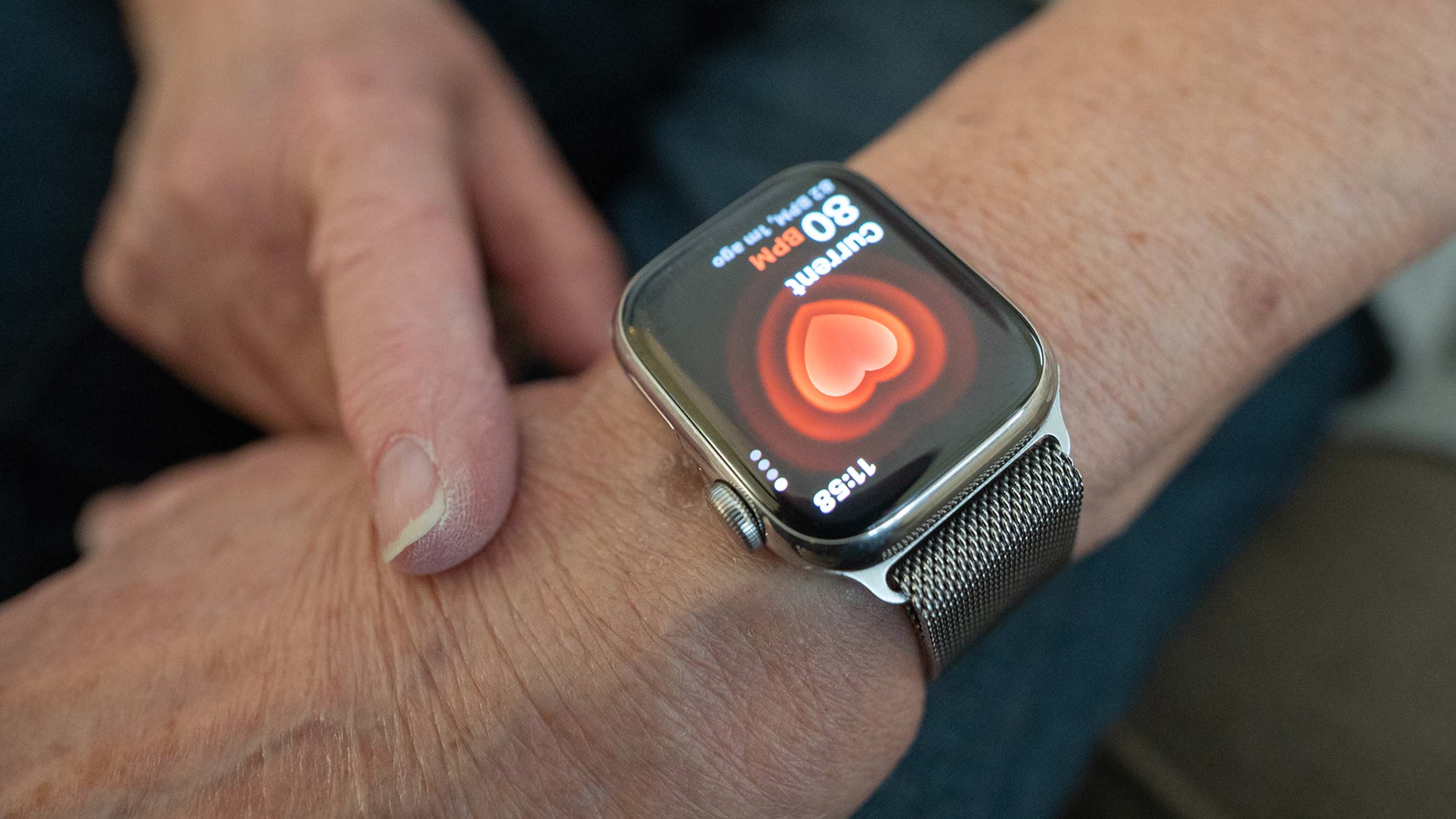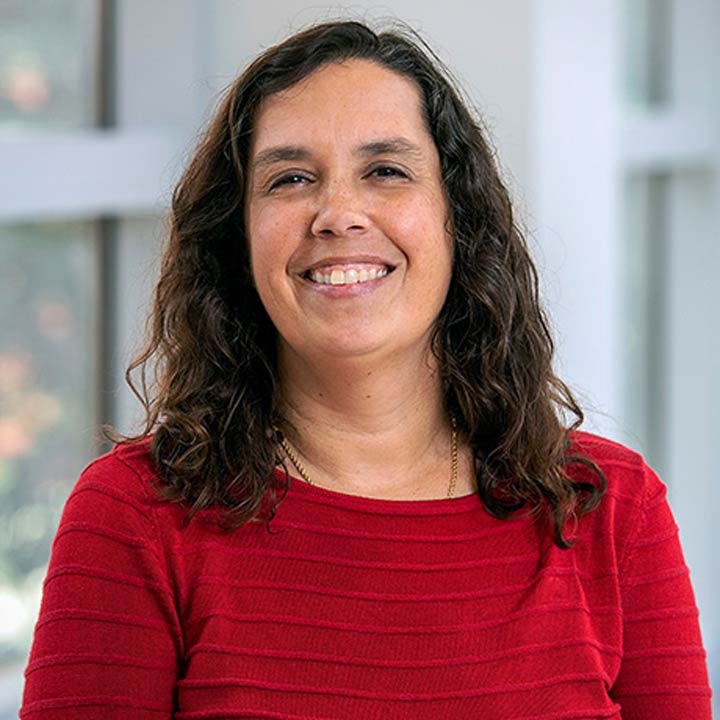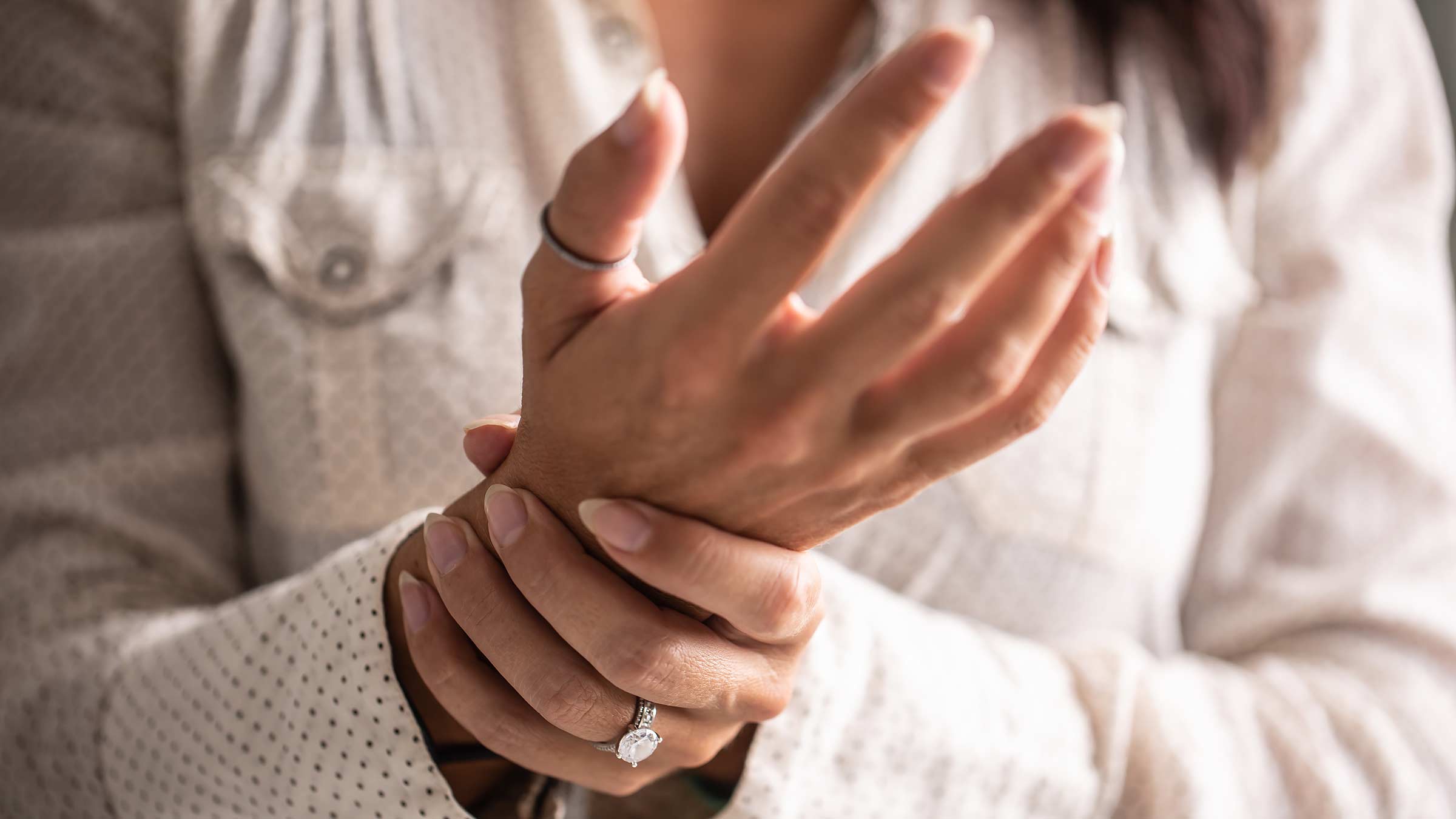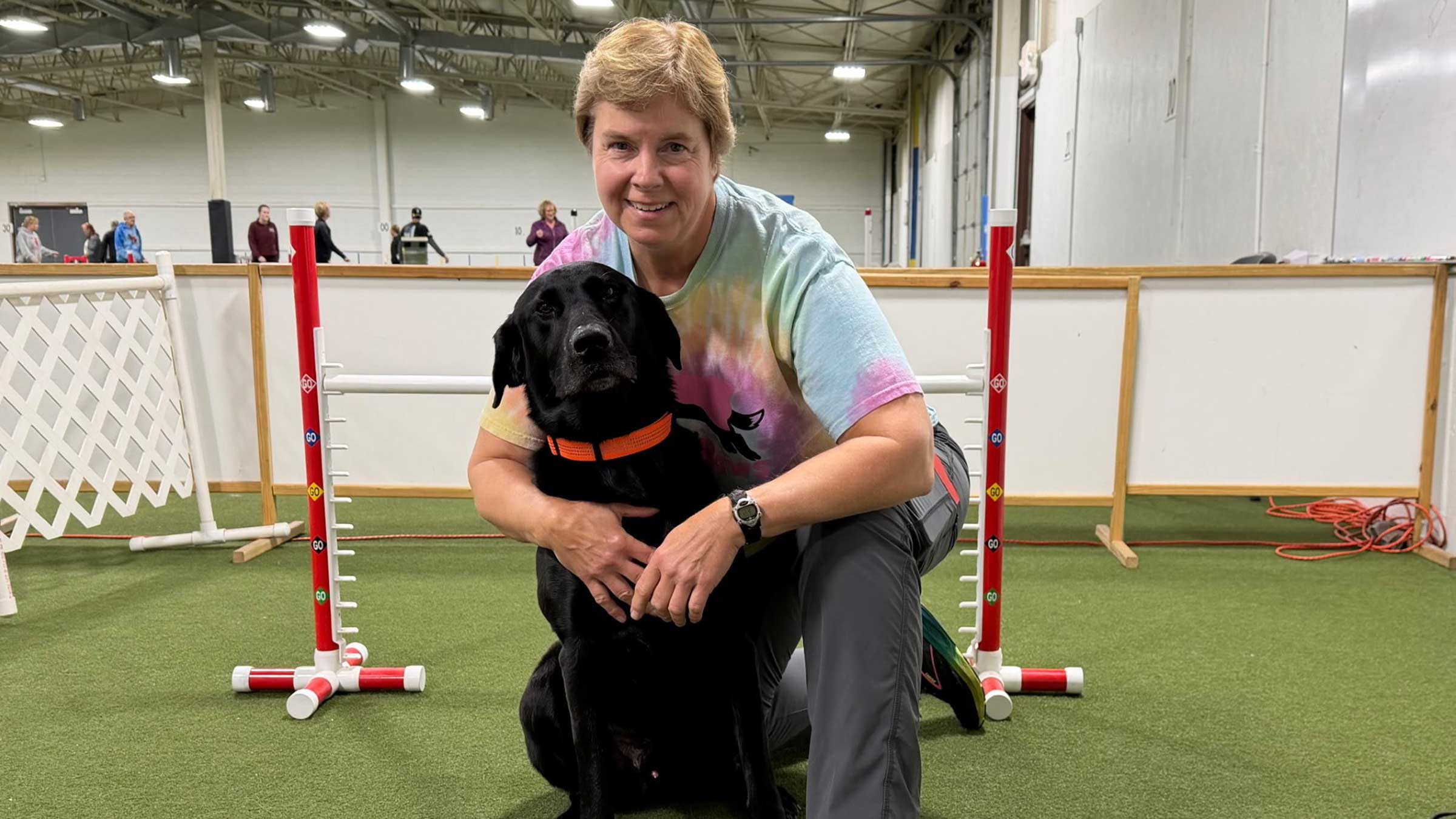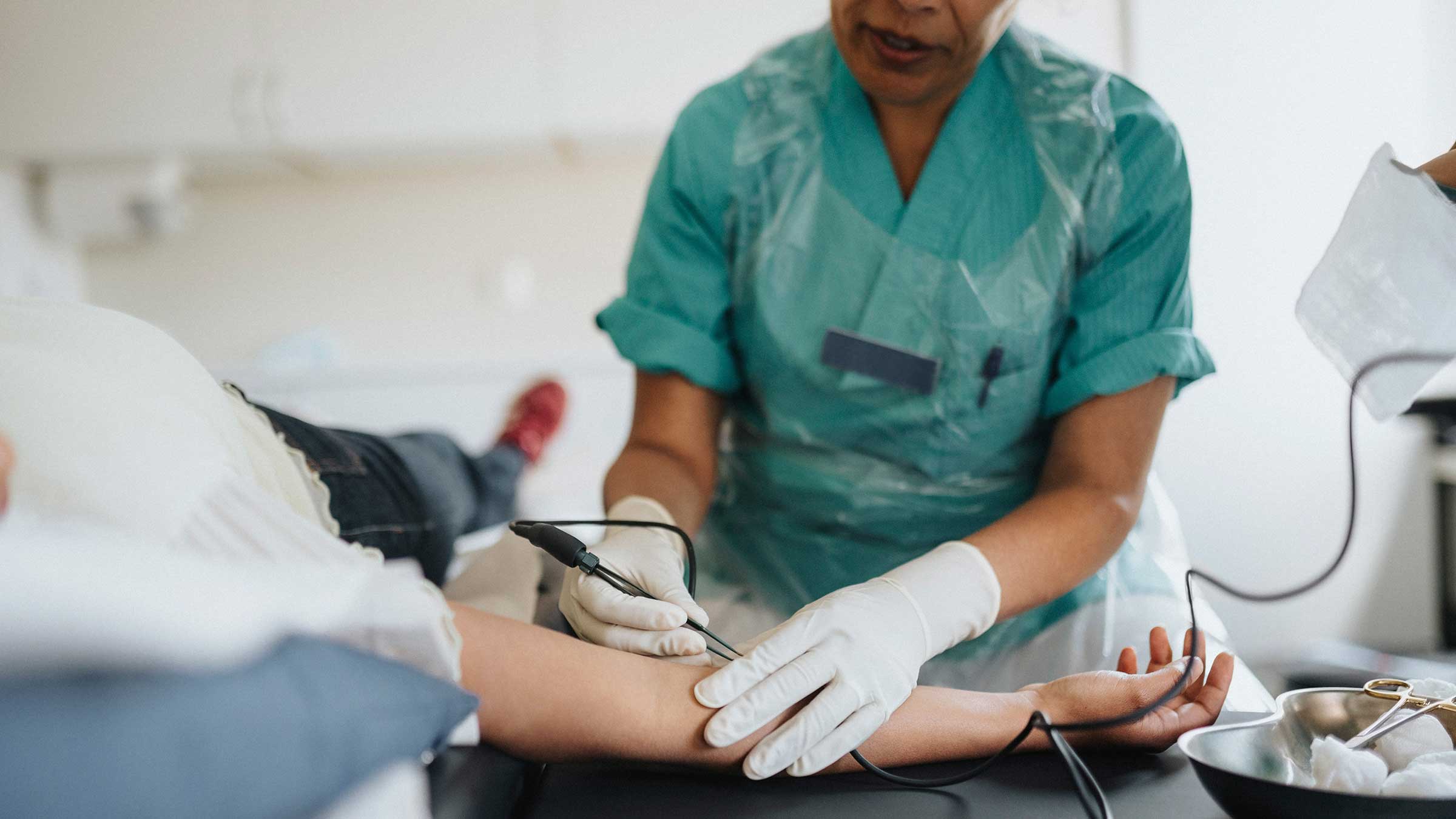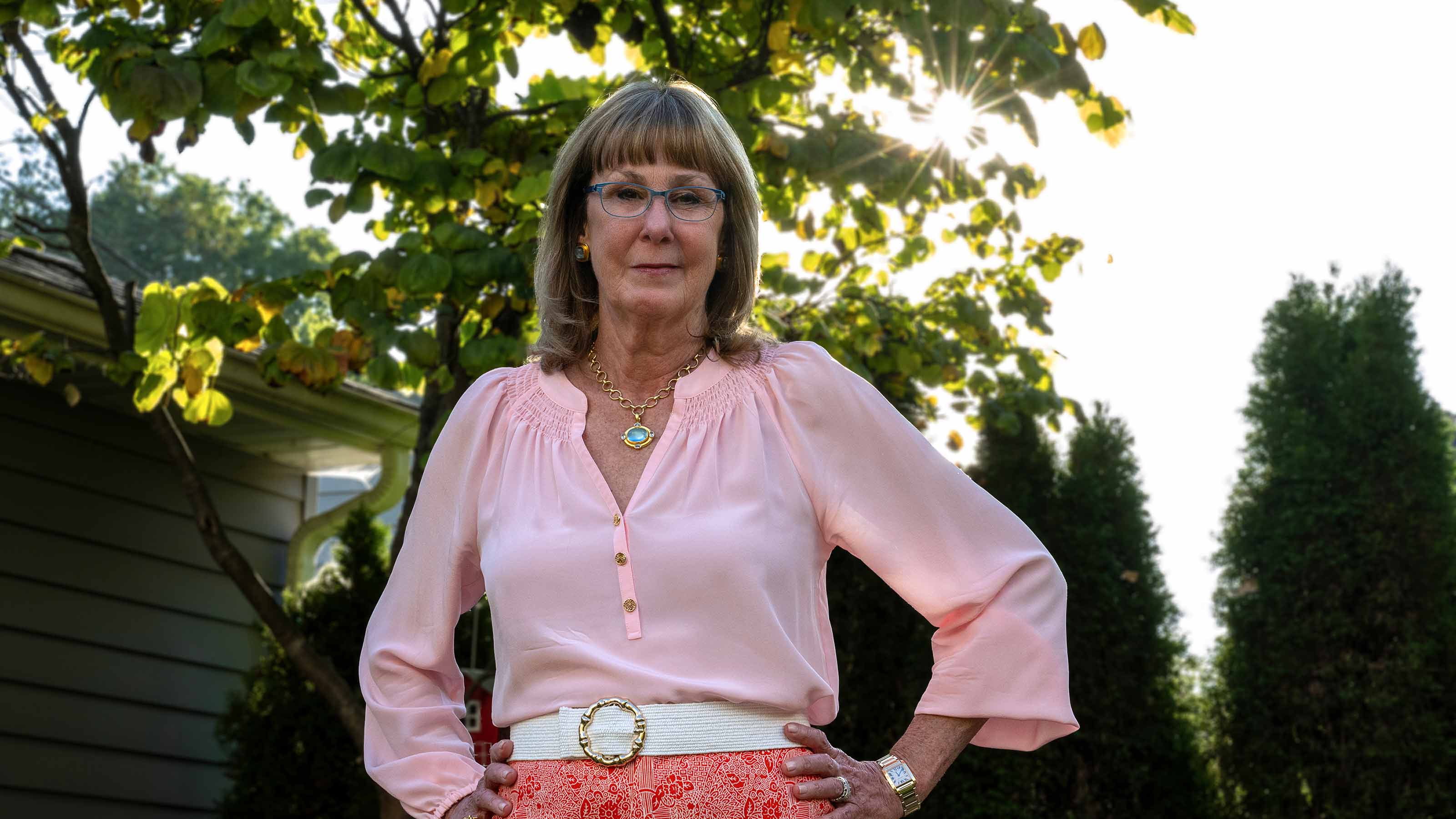Sharing your smart watch health data can enhance partnership with your doctor
Survey: Only 1 in 4 Americans who use a device to monitor their heart health discuss the results with their doctor.
Like clockwork, Sue VanWassenhove checks the health statistics captured on her smart watch every morning when she wakes up. The 78-year-old is looking for any unusual heart rate or breathing caused by her sleep apnea.
When she noticed a pattern of a low heart rate, she knew it was time to see her cardiologist, Laxmi Mehta, MD.
“Having a smartwatch is very empowering, because I’m not being passive with my health care. I have some heart issues that need monitored, and it’s important for me to talk to my cardiologist or primary care doctor about any health issues that show up on my watch,” says VanWassenhove, of suburban Columbus.
Unfortunately, VanWassenhove is in the minority when it comes to sharing that data with her doctor. A national survey commissioned by The Ohio State University Wexner Medical Center found that nearly two-thirds of Americans use a device on a regular basis to monitor their heart health, but only 1 in 4 share the data with their doctor.
The most popular devices for tracking health:
- smartwatch (32%)
- portable blood pressure machine (31%)
- fitness app (19%)
- wearable fitness/movement tracker (13%)
“These self-monitoring devices are really helpful to patients and their health care providers because they can potentially catch things early. For example, if patients are monitoring their blood pressure at home and notice it’s been going up over time, they may want to discuss it with their doctor sooner rather than waiting for their annual visit. Or they may capture some irregular heart rhythms on their devices, like atrial fibrillation, much sooner than would be diagnosed at the doctor’s office,” says Dr. Mehta, director of Preventative Cardiology and Women’s Cardiovascular Health and the Sarah Ross Soter Endowed Chair for Women’s Cardiovascular Health Research at the Ohio State Wexner Medical Center.
What’s a normal heart rate at rest and when exercising?
A normal heart rate is between 60 to 100 beats per minute, without exercise. You can easily figure out your maximum heart rate when exercising. Simply subtract your age from 220.
Dr. Mehta says the goal is to hit 50-75% of that number for moderate intensity exercise and 70-85% for vigorous exercise. The American Heart Association recommends 150 minutes of moderate aerobic exercise per week or 75 minutes of vigorous exercise per week for maintaining a healthy heart.
“Heart rates can vary due to heart conditions or a variety of non-heart related reasons, such as infection, dehydration, anxiety or thyroid disorders.”
“When someone’s heart rate or rhythm seems different than usual, it’s best for them to speak with their doctor,” Dr. Mehta says.
Some devices allow data to be sent directly to doctors
During an appointment with VanWassenhove, Dr. Mehta showed her how her smartwatch can do an EKG, which records the electrical signals in the heart. VanWassenhove was excited to learn how easy it was to send the EKG and other data to Dr. Mehta through her electronic medical chart.
“Having this smartwatch has helped with my quality of life. It motivates me to stay more active and tracks the amount of water I drink,” VanWassenhove says. “Any device that helps people be proactive with their health is certainly highly recommended.”
How Ohio State’s survey was conducted
The survey of adults in the United States was conducted by SSRS on its Opinion Panel Omnibus platform, a twice-monthly, national, probability-based survey. Data was collected from Dec. 16 to Dec. 18, 2024, among a sample of 1,008 respondents online and over the phone. The survey was administered in English.

Your heart is in the right place
Learn more about advances in care and treatment for patients at The Ohio State University Heart and Vascular Center
Expert care starts here


